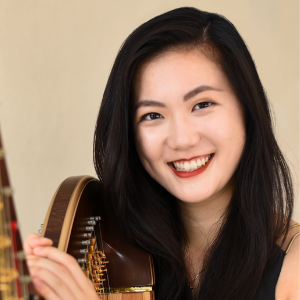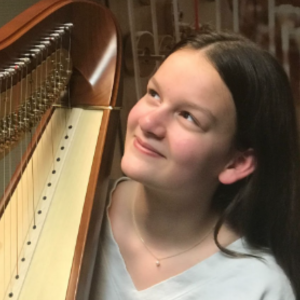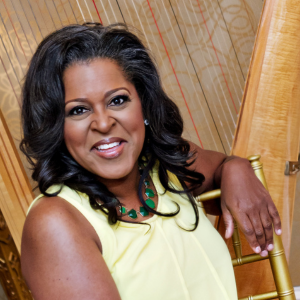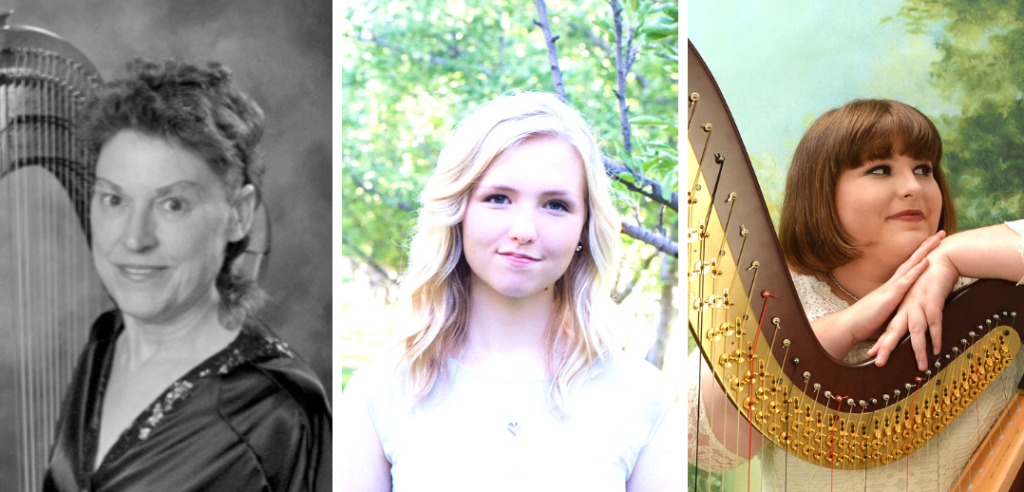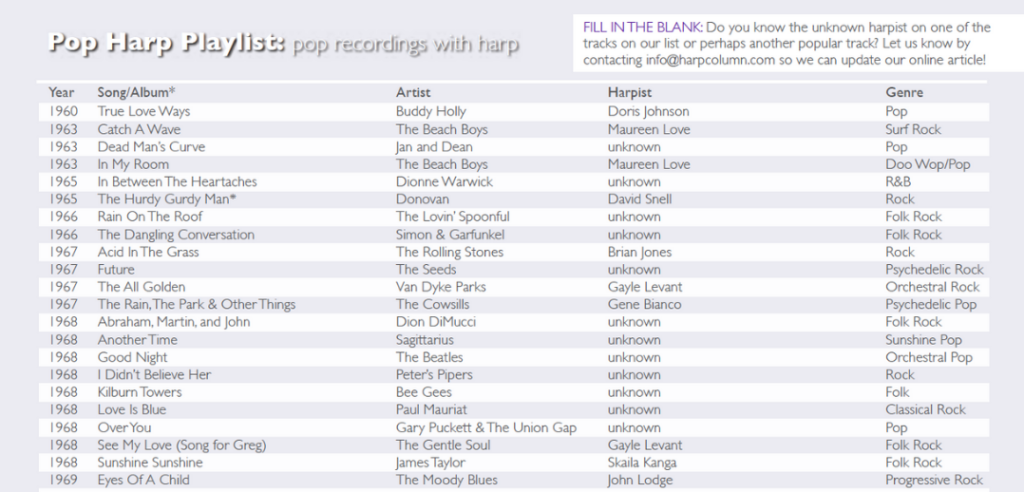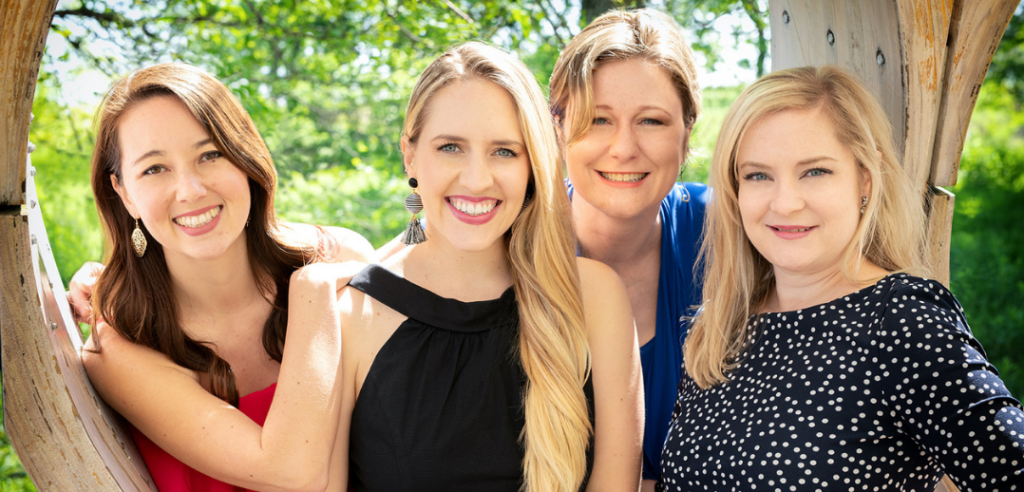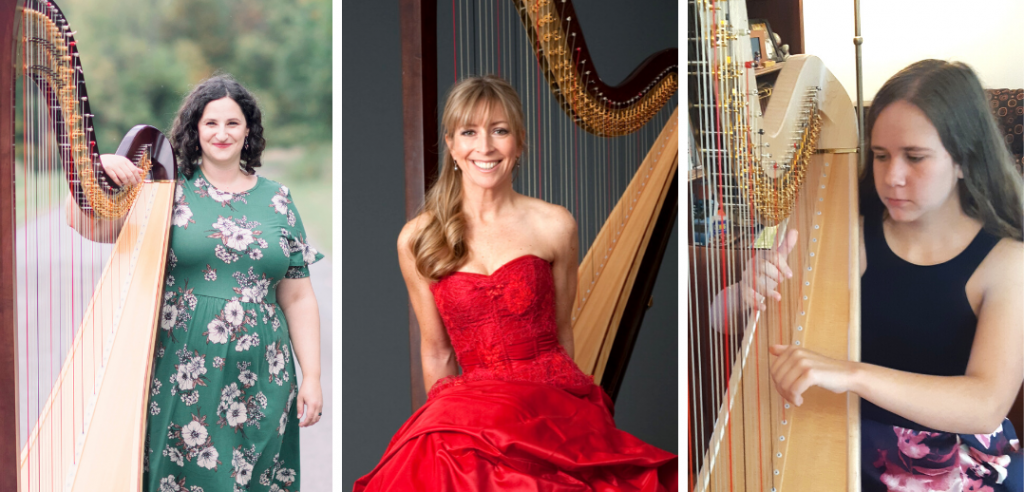This article extra is part of the feature article When 2 Become 1 in this issue.

Karen Rokos
Repertoire: Berlioz’s Symphonie Fantastique
The setup: “The ensemble hoped to avoid hiring a second harpist, and I think they didn’t really understand what they were asking me to do. It’s a good thing that I can deliver a lot of sound with my [Lyon & Healy] model 23. They did not dictate what to play and what to leave out. That was left up to me.”
Who combined the parts: “I already had a combined Harp 1 and 2 part in my files. They provided the two parts, but I had those in my files as well.”
Why I said yes: “I did the requested work since I have been performing with this ensemble for many years. Having the parts played by one harpist was what they needed, so I did the best I could to deliver for them.”
Food for thought: “Professional harpists are frequently asked to do things for ensembles that are difficult. This may be in part due to the fact that people who do not play the harp have no idea about the complex nature of the instrument and all the ancillary difficulties of moving, tuning, being able to see the conductor, etc. When I receive a request to combine parts, I just do it to help the ensemble. I think my flexible can-do attitude and total absence of any complaining has made me more valuable to the ensemble. I do speak up when there is no way to combine the parts, and I have explained the technical reasons for scoring with two harps.”
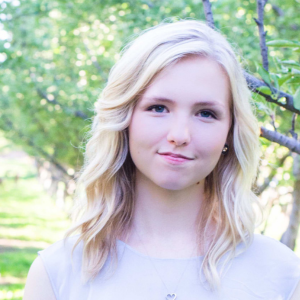
Hannah Cope
Repertoire: Debussy’s L’Après-midi d’un faune (Prelude to the Afternoon of a Faun)
The setup: “I was asked to play the combined parts for Debussy’s Prelude to the Afternoon of a Faun by the Longy School of Music of Bard College in Cambridge, Mass. Their student orchestra was performing the piece, but they did not have any harpists in their program, so they hired me to come in and play with them for the last few rehearsals and a concert.”
Who combined the parts: “They sent me a combined version. I still have it, but I’m not sure who combined it.”
Why I said yes: “I did it because it was just another gig. They paid the going rate for the greater Boston area and the combined part didn’t seem too difficult to manage.”
Food for thought: “I think some combined parts are much more difficult than others. In this case it wasn’t a big deal to just play the part they sent me.”
Repertoire: Vaughan Williams’ A Sea Symphony
The setup: “I was asked to play Vaughan Williams’ A Sea Symphony with the Key Chorale in Sarasota, Fla. They didn’t actually ask me to play a combined part, they just hired me to play Harp 1 and then didn’t hire another harpist. I didn’t ask directly, but I believe they only budgeted for one harp and just planned on having notes left out for the performance.”
Who combined the parts: “I looked at both parts and decided to play as much of Harp 2 as I could. Luckily the Harp 1 part has most of the Harp 2 cues written in, so I only had to pencil in the Harp 2 part in a few spots.”
Why I said yes: “The fact that most of the Harp 2 cues were written into the Harp 1 part made it easy to just try it. It was also my first time playing with Key Chorale and I really enjoy working with them, so I wanted to help out. I guess I got a sick pleasure from doing it!
Food for thought: “The conductor was so impressed and pleased that I was covering as much as I could. The best part was he didn’t ask me to combine them, I did it of my own volition. It is certainly annoying to be asked to combine difficult harp parts, but in this situation where only one harpist was hired, I had the option to help create something closer to the intentions of the composer and I took it.”

Morgan Short
Repertoire: Berlioz’s Symphonie Fantastique
The setup: “I was hired by an orchestra in an area where harpists were scarce at the time. They were having trouble finding another harpist and asked if I was willing and able to play the parts combined. I asked my teacher if I should accept the gig, and she said that as long as they paid me double to play both parts, then go ahead. They accepted the terms, and I accepted the challenge.”
Who combined the parts: “I combined the parts myself. The most strenuous thing about playing the Berlioz parts combined is the introduction as there is not much of a break between each harp’s entrance so the pedaling and dynamic pacing can prove difficult.”
Why I said yes: “I like to challenge myself, and this was an opportunity I could not pass up.”
Food for thought: “One thing that I learned from my experience of playing both parts combined is that I better understood the harp’s role in the work in general. When playing in an ensemble, it is sometimes easy to fall into the trap of focusing only on your part, and not looking at how that part contributes to the composer’s overall intent. When studying and performing an orchestral work which requires more than one harp, it is important to have an understanding and knowledge of all parts involved because, in the end, it will make you a better leader and follower as both are essential in ensemble playing.” •






